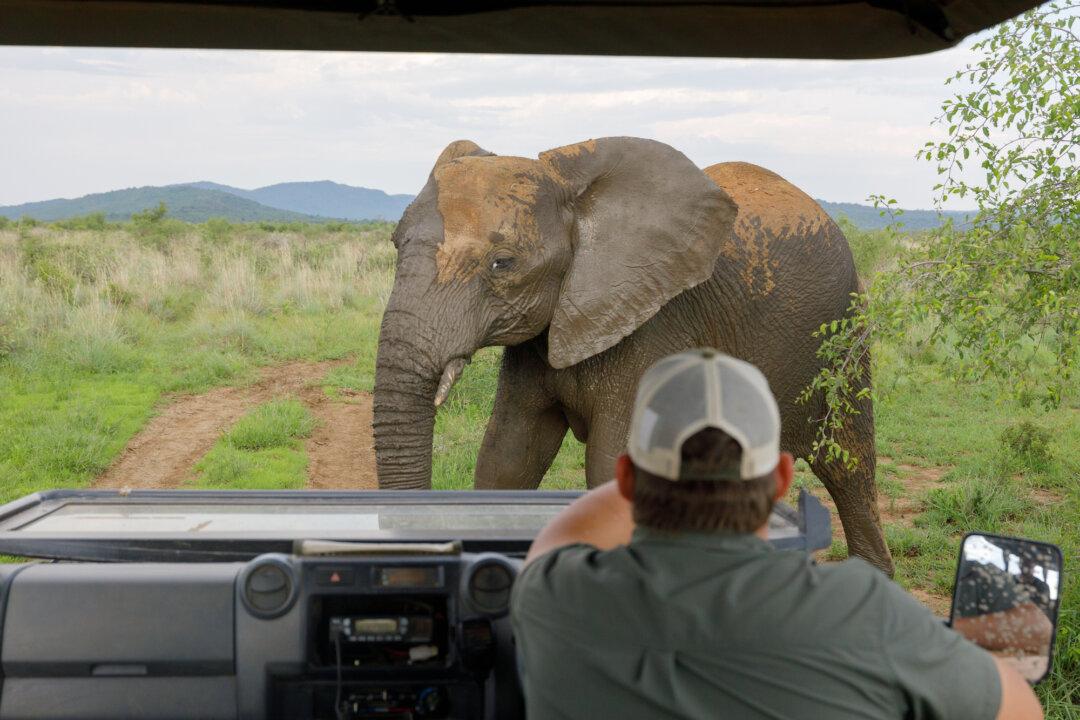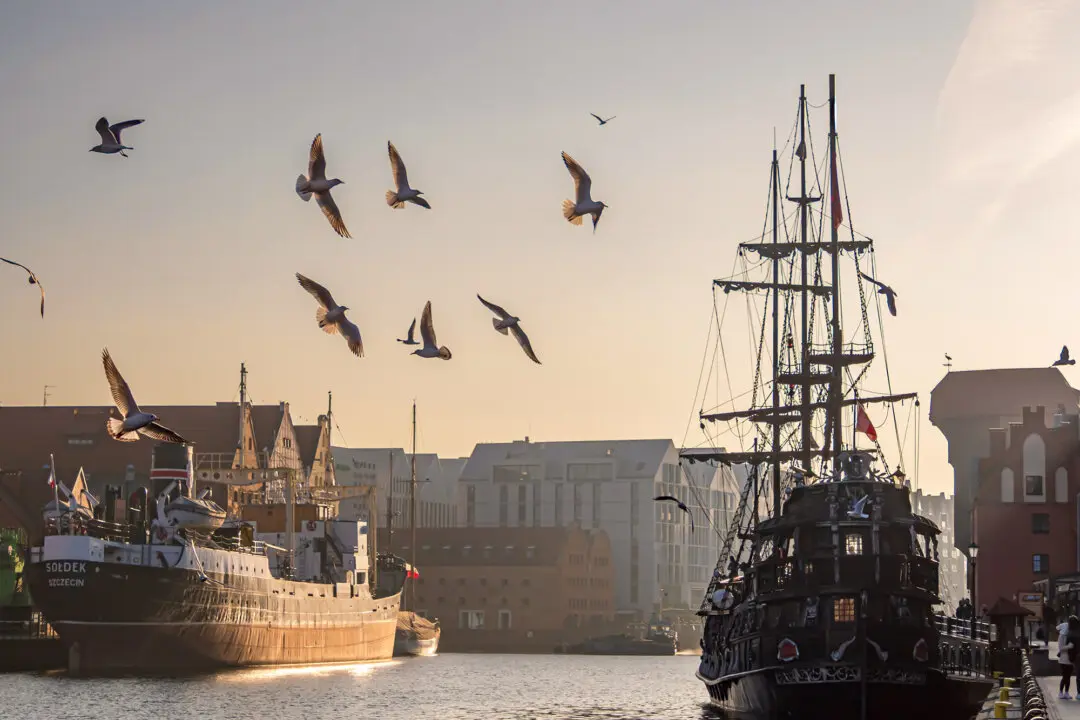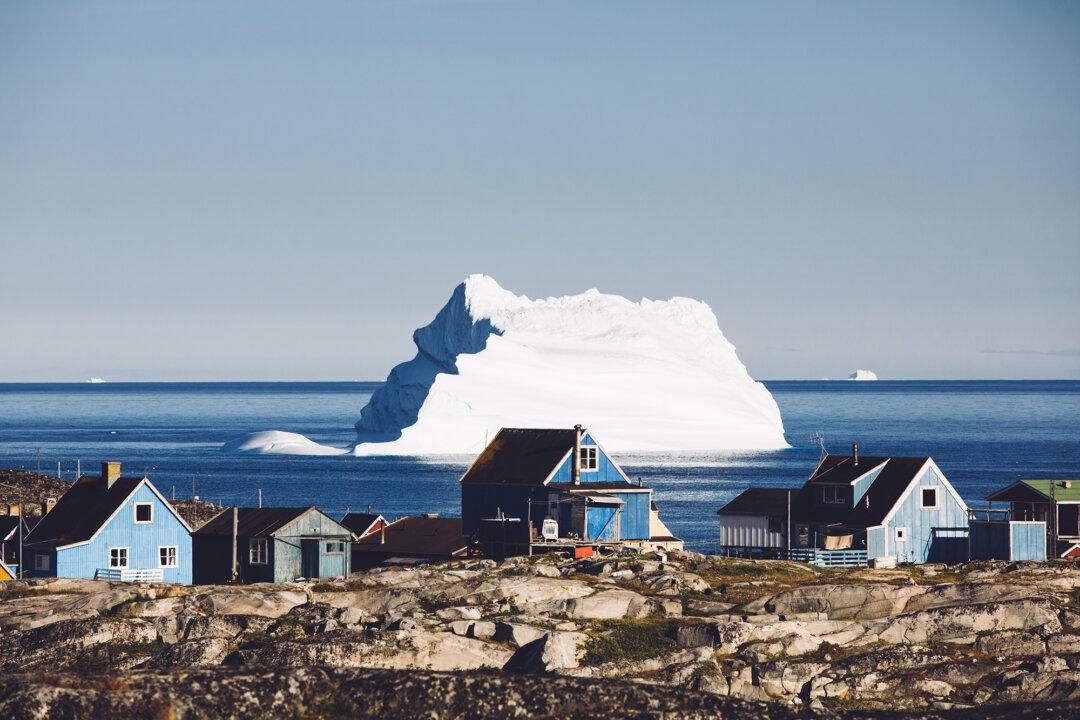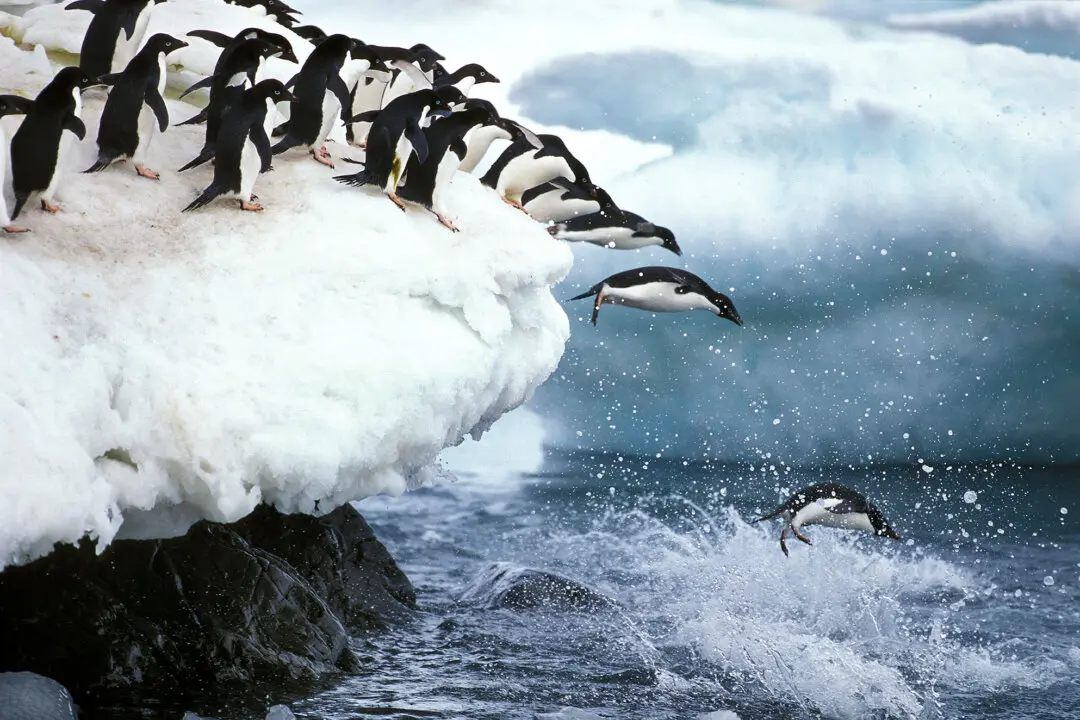The sky was just turning to rust, a pale reflection of the iron-rich red soil below, here in the far reaches of the Kalahari Desert. With the day quickly fading, we needed to make a reluctant retreat back to the lodge. But it was hard to leave. After all, what we had just witnessed was one of Africa’s greatest shows.
In arid regions like this, everyone comes to the watering hole, in this case, one created by a dam. “I tell you, if you come here from morning to evening, you’ll see all of the Big Five,” our guide, Honest, said. We sat in awed silence as zebras sipped, and then turned to make their way to a safe place for the night, traveling in a tight, single line. Giraffes dropped their giant necks for a drink. It’s awkward, those big animals spreading their legs and squatting to reach the water, a dangerously exposed position with so many predators around. Fortunately, they only need to get a drink every few days. And then, finally, the elephants—a whole huge herd of them jostling for position, little calves squeezing through a forest of big legs.





